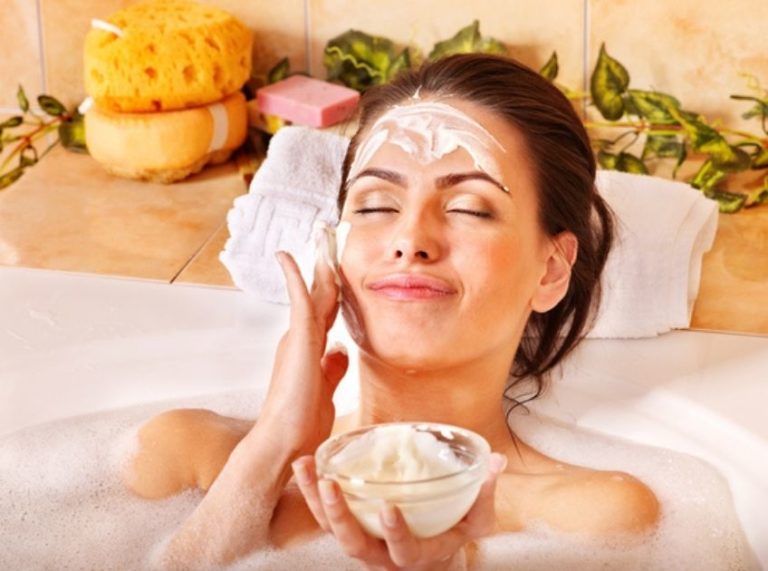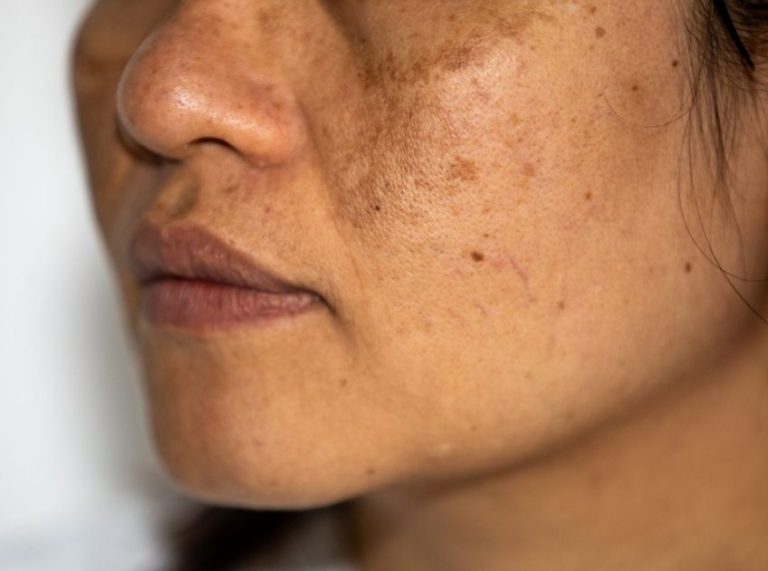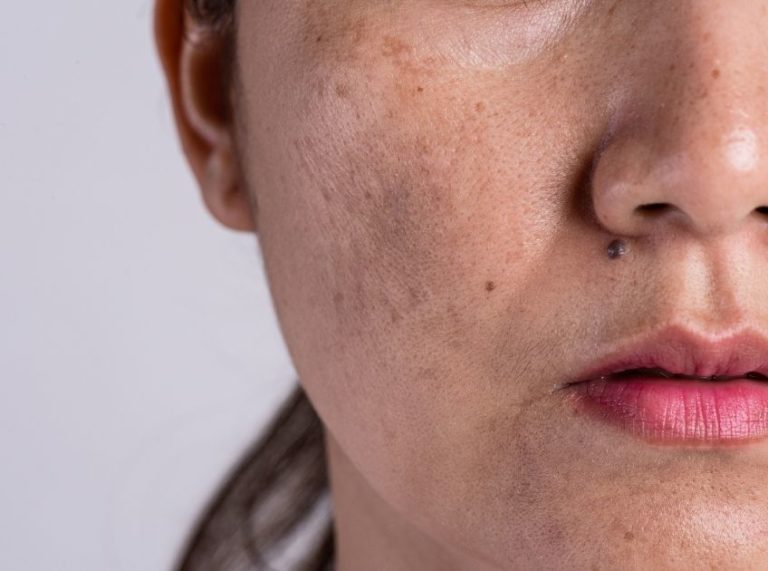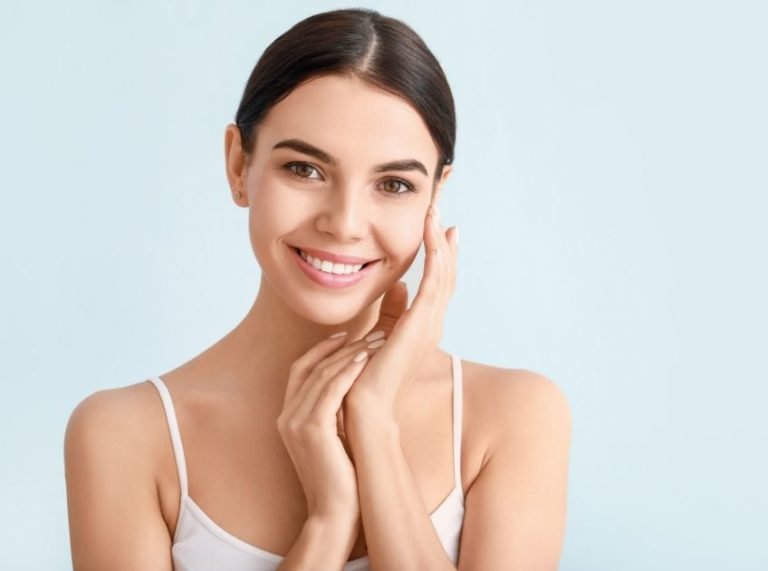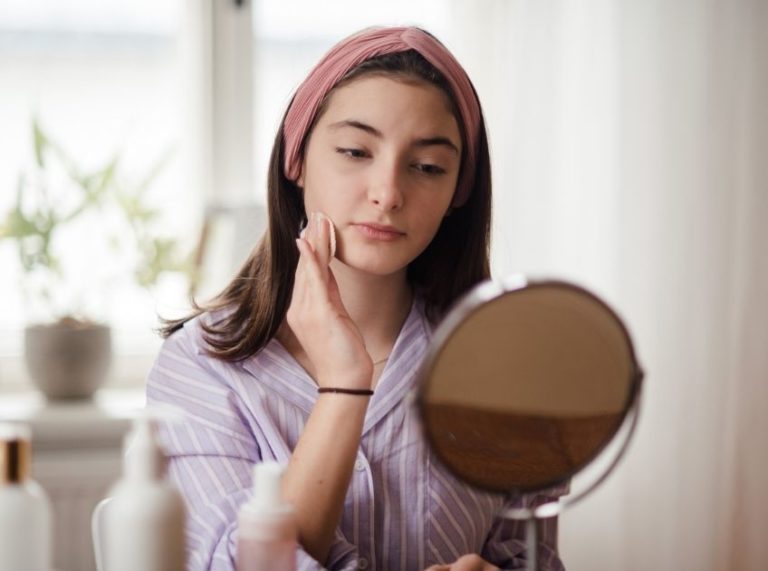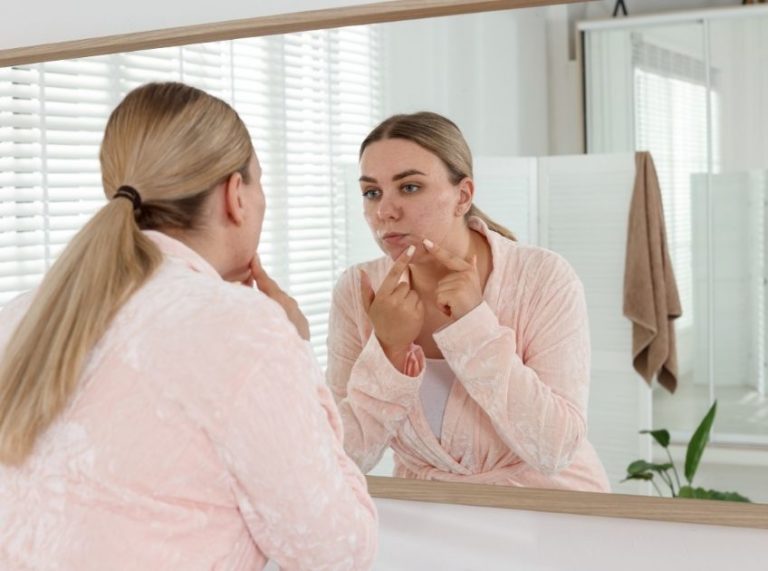
Important: This article is for informational purposes only. Please read our full disclaimer for more details.
The skin is the largest organ of the body. Nowadays, people are trying to be aware of the products they use for their skin. It is imperative to educate yourself to take a safe step. There is definitely a particular ingredient for every skin type.
Layering up the ingredients can be a bit risky. Mixing particular products may make each of the active ingredients more effective, but an inaccurate combination can give rise to unpleasant effects.
The article will deal with what skincare ingredient combinations can you mix and what is avoided.
Importance of the Skincare Ingredients
It is essential to have proper knowledge about the ingredients in the skincare products. The reason behind understanding the ingredients in the skincare product is as follows:
- Understand the compatibility of different ingredients used for various skin concerns.
- Understanding if the potency of the technique used will absorb into your skin.
- How an ingredient can affect your skin to restore, rejuvenate, and regenerate cell creation.
- Understanding if the ingredients used have any harmful side effects on your skin.
Types of Ingredients Used in Skincare Products

1. Active ingredients: Active ingredients are used in skincare product to treat specific skin concerns. It could be anything from acne to wrinkles. Some of the active ingredients are
2. Anti-aging ingredients: These ingredients aid in counteracting the symptoms of aging and protect the skin against factors that cause aging. Some of the top anti-aging ingredients are:
- Retinol
- Ceramide
- Hyaluronic acid
- Collagen
- Peptide
- Niacinamide
3. Antioxidants: These ingredients help to neutralize the effect of free radicals that cause damage to the skin. Free radicals intervene with the protein or DNA of the skin, speeding up the aging process.
- Ferulic acid
- Vitamin C
- Vitamin E
- Vitamin A
4. Skin brightening agents: If the body makes excessive or insufficient melanin, the skin starts to show signs of hyperpigmentation. These agents help to reverse pigmentation. A few of the skin-brightening agents are:
- Vitamin A
- Vitamin C
- Niacinamide
5. Surfactants: The meaning of the word surfactant is surface active ingredients. It allows the soap to form a lather using water and helps clean the face.
- Soaps
- Make-up removers
- Cleansers
6. Emulsifier: This ingredient holds oil and water, which repel when combined.
- Lotions
- Creams
7. Preservatives: When added to the skincare products, this ingredient protects the potency of the technique and the skin.
- Benzyl alcohol
- Parabens
8. Emollients: It is a moisturizing treatment that can be directly applied to the skin. It hydrates and soothes the skin.
- Natural butter
- Natural oils
- Mineral oil
Skin Care Ingredient Pairings That Work Well Together
1. Retinol
Niacinamide, ceramide, and a layer of SPF : Try using ingredients like Niacinamide, SPF, and ceramide alongside your retinol treatment. These can aid in securing your skin’s barrier.
2. Vitamin C
Vitamin E, Ferulic acid, and SPF: You should apply vitamin C with vitamin E or ferulic acid serums for double antioxidant shots. SPF mixed with vitamin C can increase the safety of sun damage.
3. AHAs/ BHAs
Moisturizing ingredients, ceramides, and a layer of SPF: To prevent the potential effect of AHAs and BHAs, include ceramide and SPF in your skin after-care routine.
4. Benzoyl Peroxide
Hyaluronic acid and SPF: Benzoyl peroxide treats and prevents acne. When mixed with hyaluronic acid it helps to keep the skin soft and hydrated. SPF for an added protection against harmful sun rays.
5. Niacinamide
Retinol, Hyaluronic acids and Ceramide: The hydrating and toning properties of niacinamide can mix with other moisture-restoring ingredient. Niacinamide and retinol are two strong ingredients. Niacinamide treats the severe exfoliating properties of the retinol.
6. SPF
Sunscreens with hyaluronic acid makes the skin plump and more protected. Apply a light weight SPF daily to your skin for protection from sun damage.
Skincare Ingredient Combinations Should You Avoid?
1. Retinol
- AHAs/ BHAs and Benzoyl peroxide: The anti-aging solution of skincare rejuvenates the skin. It reduces wrinkles and enlarged pores through exfoliation and cellular proliferation. If you apply benzoyl peroxide or AHAs and BHAs on top of the retinoid, it will cause skin irritation. Benzoyl peroxide oxidizes retinol, making it ineffective. AHAs/BHAs, when mixed with retinol, dry out the skin, causing irritation.
2. Vitamin C
- AHAs/ BHAs or a high pH Cleanser: Vitamin C, also known as ascorbic acid. It works better at a low pH level. Using a high-pH cleanser or the acidic ingredients AHAs/ BHAs before a low-pH vitamin C serum will diminish the acidic agent’s beneficial impact and might also cause skin irritation.
3. AHAs/ BHAs
- Retinol, Vitamin C, or Niacinamide: Using AHAs/BHAs with retinoids and vitamin C can lead to temporary irritation. Increased cell turnover and exfoliation can also cause skin irritation.
4. Benzoyl Peroxide
- Retinol or Vitamin C: Benzoyl peroxide is one of the most famous ingredients of the BHA family. The oxidative qualities of benzoyl peroxide may reduce the potency of retinoids and vitamin C.
5. Niacinamide
- AHAs/ BHAs or Vitamin C: Niacinamide is effective in a neutral pH level. The presence of low-pH ingredients such as AHA/ BHA and L-ascorbic acid can compromise its potency. Niacinamide can hydrolyze to form nicotine acid at low pH level. A high dose of it can cause itch, and redness of the skin.
6. SPF
- Make-up and skincare: A simple application of even layer of the sunscreen, works on the skin. Mixing them with skincare product to form a layer can compromise its tendency to protect from sun.
Image Source : canva
Conclusion
In this article you learnt about various ingredients present in your skincare routine and the ingredients that can or cannot be used together. This will help you in making more well-informed decisions and know what is harmful or good to apply on your skin type.
Image Source : canva
Related Articles
- DIY Vitamin E Facial Serum
- How to Use Retinol and Alpha Arbutin Together
- Can Skin Get Used to Products?
- Which Skincare Ingredient Combinations Should You Avoid?

